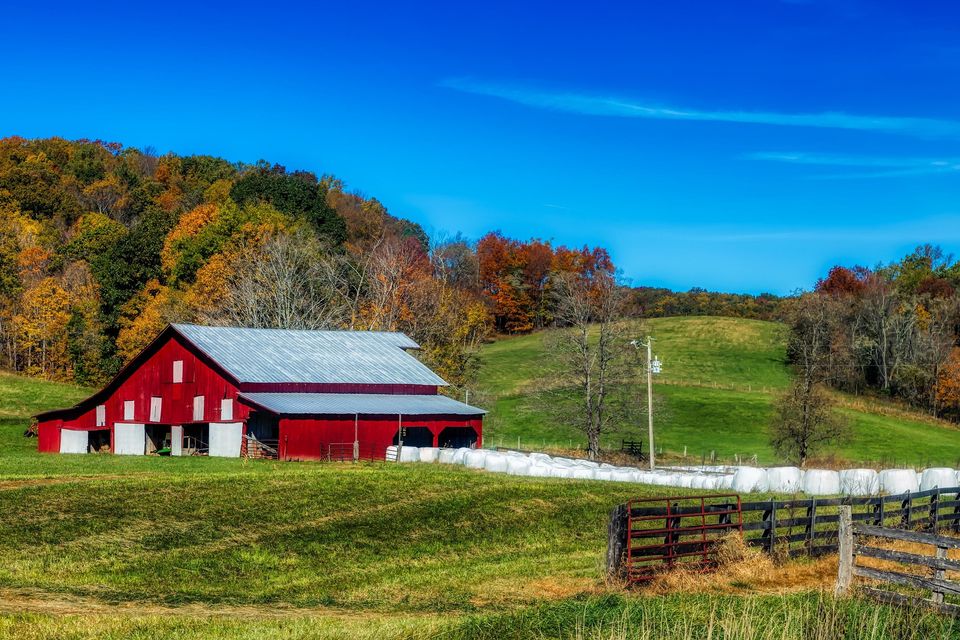Upshur County, WV

Upshur County, West Virginia, has a rich history shaped by its natural resources, its role in the early settlement of the region, and its connections to transportation networks. Here’s a look at its history:
Early Settlement:
- Upshur County was established in 1851, named after Abel Upshur, a Virginia statesman and Secretary of the Navy under President John Tyler. Before it was formed, the area was part of Lewis County.
- The land that became Upshur County was originally inhabited by Native American tribes, including the Monacan and Shawnee. European settlers began to move into the area in the late 18th century, attracted by the fertile land and abundant natural resources, particularly timber and water sources.
Growth and Development in the 19th Century:
- Buckhannon, the county seat, was founded in the late 1700s and played a central role in the development of the county. The town was named after Buckhannon Creek, which flows through the area. It became a hub for commerce, agriculture, and transportation.
- In the early 1800s, Buckhannon was primarily a rural, agricultural community, with the economy based on farming, particularly the cultivation of corn, wheat, and livestock. Timber also became an important resource, as the dense forests of the region were cut down to fuel the growing demand for lumber.
The Railroad Era:
- A significant turning point for Upshur County came with the development of the railroad system in the mid-19th century. The Baltimore and Ohio (B&O) Railroad extended its lines through the region, connecting Buckhannon to larger markets in the East. This expanded the town’s commercial reach and increased the flow of goods, especially timber and coal.
- The railroad also helped spur the growth of other small towns in the county, such as Tennerton and French Creek, as the transportation of goods and people became more efficient.
The Civil War:
- Like many parts of West Virginia, Upshur County found itself divided during the Civil War. Although it was part of Virginia at the time, the county saw both Union and Confederate sympathies, with some residents supporting the Union and others the Confederacy.
- Upshur County did not see large-scale battles, but the war had a significant impact on the local economy and social fabric. After the war, the county's economy slowly recovered, with agriculture remaining the primary industry.
The 20th Century:
- By the early 1900s, the discovery of oil and gas reserves in the area brought new economic opportunities to Upshur County. These industries helped diversify the local economy, which had been primarily agricultural up until then.
- The county also saw growth in education, with the establishment of West Virginia Wesleyan College in Buckhannon in 1890. The college became an important part of the community, contributing to the town’s intellectual and cultural life.
- The development of infrastructure, including roads and highways, continued throughout the 20th century, improving connectivity and supporting the growth of the local economy.
Modern Day:
- Today, Upshur County is known for its rural charm, outdoor recreational opportunities, and historical significance. The county’s economy is still influenced by agriculture, particularly livestock and poultry farming, but tourism has also become important due to the area’s natural beauty.
- West Virginia Wesleyan College remains a prominent institution in Buckhannon, and the county is home to many festivals and events celebrating Appalachian culture, including the Upshur County Fair and the West Virginia Strawberry Festival.
- The county’s proximity to the Monongahela National Forest and other outdoor areas makes it a popular destination for outdoor activities such as hiking, fishing, and camping.
